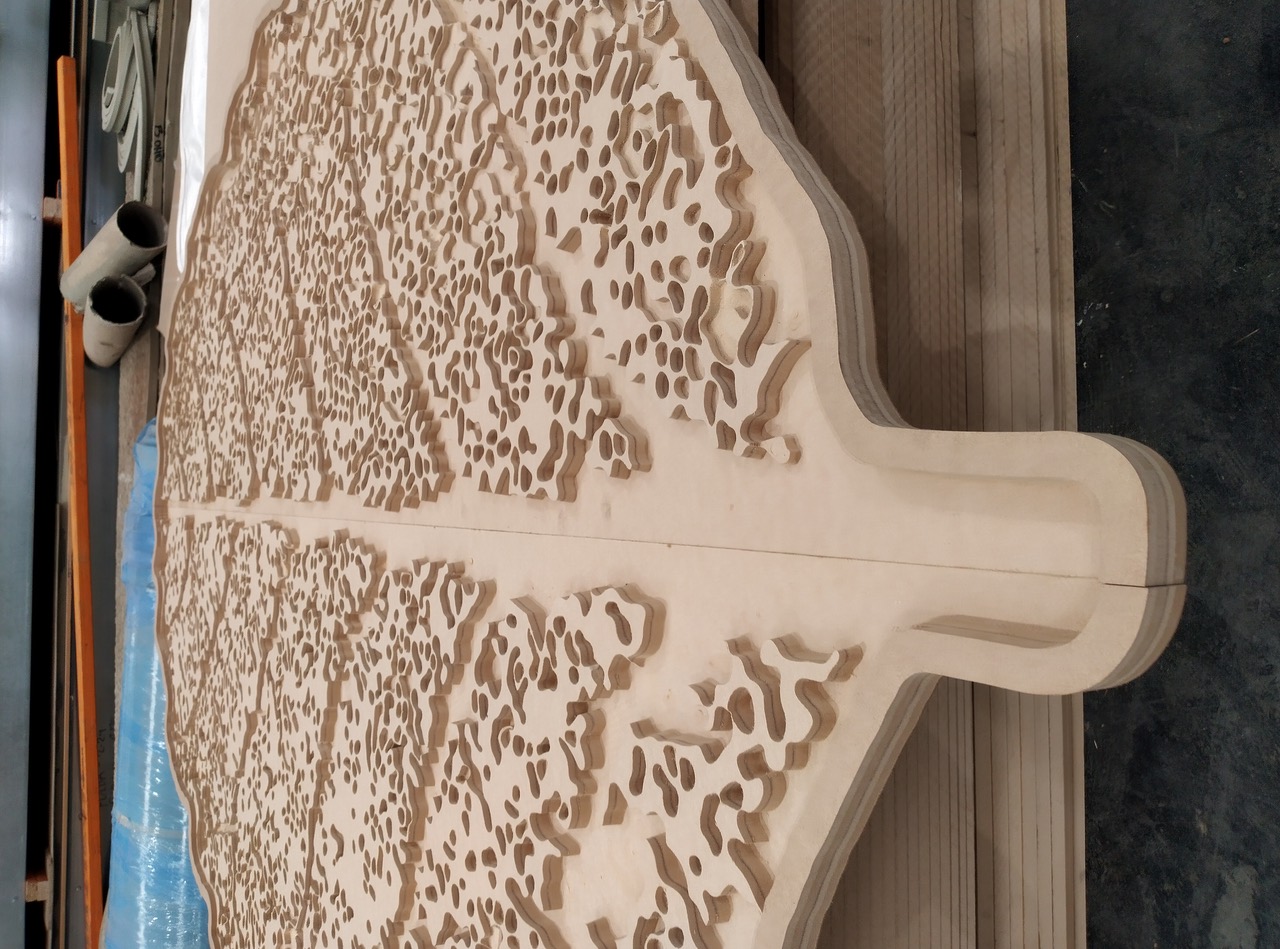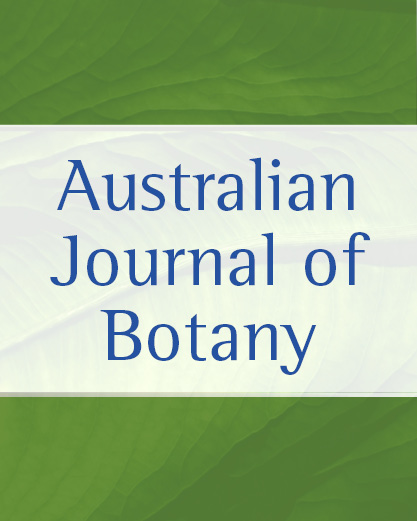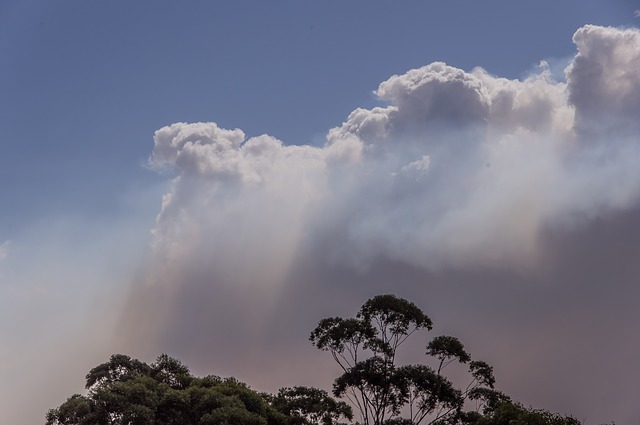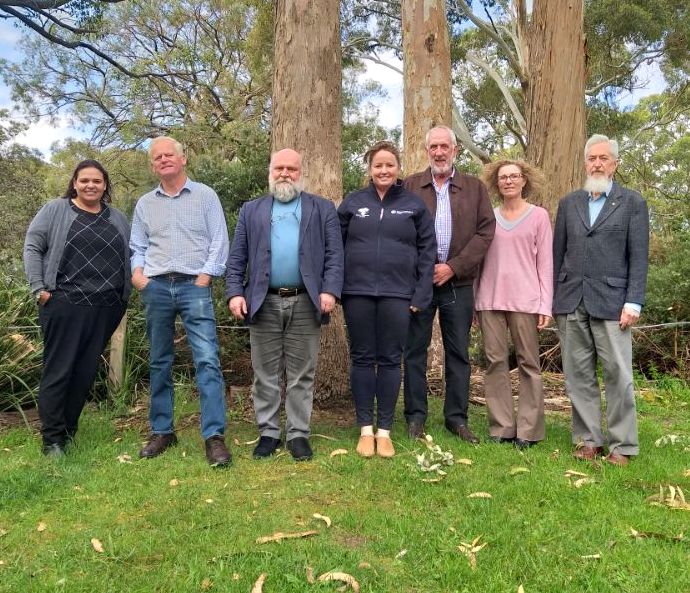Environment Institute’s Professor Bob Hill has helped to leave a historical mark on the suburban Melbourne landscape.
In the early 1990s works at the Berwick Quarry, about 40 minutes south of Melbourne, revealed a significant new complex collection of flora fossils. Professor Hill and colleagues published the paper ‘The Oligocene Berwick Quarry Flora – Rainforest in a drying environment’ in Australian Systematic Botany. Especially important at this site was finding both fossil Nothofagus and Eucalyptus species present at the same time. Their research revealed the flora in the area 23 million years ago was covered in rainforest and open taxa, indicating a period of changing climatic conditions.
Fast forward several decades to the planning and construction of a major new project in Melbourne, notably the removal of the Clyde Road level crossing in Berwick. At an early stage the design team contacted Professor Bob Hill and worked with him to create a design based on a fossil leaf species his team described in the 1990s. The leaves were used as a basis for the designs cast into the concrete walls of the underpass built at the old railway crossing site.
The original research was undertaken in conjunction with the Berwick Council, and nearly 30 years later the loop has been closed, with the fossils embedded back into the local environment at Berwick. A beautiful and salient reminder for the community of the area’s historic past.







